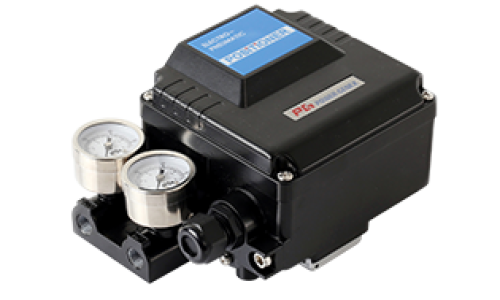Product Details
Valve Positioner Selection criteria
| Question | Purpose | Description |
|---|---|---|
| 1. What is the Valve Type and Size? | Match the positioner with the valve’s characteristics. | Valve positioners are selected based on the valve type and size (e.g., ball, butterfly, globe valve) to ensure compatibility and effective control in the system. |
| 2. What is the Actuator Type? | Identify the correct positioner based on actuator type. | Positioners differ for pneumatic, electric, or hydraulic actuators. Knowing the actuator type ensures optimal performance and seamless integration with the control system. |
| 3. What is the Control Signal Type? | Determine compatibility with the control signal. | Positioners can operate on various control signals, such as 4-20mA, 3-15 psi, or digital protocols (e.g., HART, Profibus). This ensures compatibility with the control system. |
| 4. Is it for a Single or Double Acting Actuator? | Match positioner operation with actuator configuration. | Single and double-acting actuators require specific positioner types to maintain correct positioning and operational reliability. |
| 5. Is a Feedback Mechanism Needed? | Decide if valve position feedback is essential for the application. | For applications where feedback is necessary, a positioner with feedback capabilities ensures accurate valve status information for process control. |
| 6. Is Manual Override Required? | Assess need for manual control in case of automation failure. | Some applications may need a manual override option, allowing operators to control the valve manually for enhanced safety and reliability. |
| 7. What is the Operating Environment? | Ensure durability based on environmental conditions. | Positioners designed for harsh, corrosive, or explosive environments may need protective ratings like explosion-proof or IP-rated enclosures. |
| 8. Preferred Positioner Type - Pneumatic, Electro-pneumatic, or Digital? | Select positioner type based on control needs and system design. | Positioners are available as pneumatic, electro-pneumatic, or digital (smart). Choosing the correct type aligns with the system’s precision and communication requirements. |
| 9. Are There Specific Requirements for Hysteresis or Deadband? | Improve precision in control applications requiring minimal hysteresis. | Control precision may demand a positioner with low hysteresis or deadband, important for maintaining consistent valve positioning in sensitive applications. |
Let Mars Automation Supplies and Exports be your trusted partner in delivering precision-engineered valve positioners, enhancing control, accuracy, and efficiency in every industrial application.

